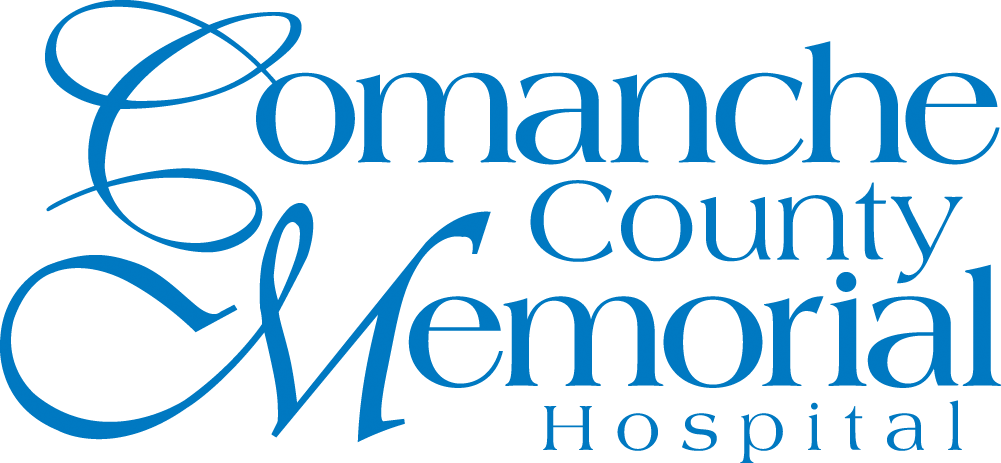Back to school means back to the doctor for many children. It can be very stressful for many families to deal with what seems to be never ending illnesses. School is, unfortunately, a hot spot for viruses and bacteria to flourish including common childhood illnesses that attack immature immune systems of young children. You may already be very familiar with some of the illnesses that commonly spread at school such as the cold or flu. What about other school illnesses like lice or pink eye? Here are 4 common illnesses you may encounter this school year.
Lice
Lice are tiny parasites that feed on your blood. They spread especially easily from schoolchildren through close personal contact and by sharing belongings. It is difficult to completely prevent lice among school children because they commonly store their items so closely together.
To prevent the spread of lice, encourage your children not to share items. Lice spread through items such as brushes, clothing, headphones, hair decorations, combs, towels, pillows, stuffed toys and blankets.
Symptoms of lice include seeing nits in the hair. Nits are the eggs or young form of a louse that attach to human hair. Many mistake them as dandruff, but unlike dandruff, lice do not brush off easily. Your child may complain of intense itching and have small bumps on the neck, scalp and shoulders.
Nonprescription shampoo that’s specifically formulated to kill lice will usually take care of a lice problem, but you should see your doctor if the shampoo doesn’t kill the lice.
Pink eye
Pink eye (conjunctivitis) is an infection of the transparent membrane (conjunctiva). This membrane covers the white part of your eyeball and lines your eyelid. When small blood vessels in the conjunctiva are inflamed, they are more visible. This causes the whites of your eyes to be pink or reddish. Pink eye is usually the cause of a viral or bacterial infection.
Symptoms of pink eye include a gritty feeling in one or both eyes, itchiness in one or both eyes redness in one or both eyes, tearing and discharge that forms a crust during the night that may prevent your eye or eyes from opening in the morning.
If your symptoms don’t begin to improve within 12 to 24 hours, make an appointment with your eye doctor to make sure you don’t have a more serious eye infection.
Pink eye can happen along with colds or respiratory infections such as a sore throat. Wearing contact lenses that aren’t cleaned properly or belong to someone else cause bacterial conjunctivitis.
To control the spread, teach your children to wash their hands often, use clean towels and washcloths daily and change pillow cases often. They should avoid sharing these items as well as eye cosmetic and eye care items. During a pink eye episode, be sure to throw away eye cosmetics such as mascara too.
Hand-Foot-and-Mouth Disease
Hand-foot-and-mouth disease is a mild, contagious viral infection. It is spread through bodily fluids. Young children often spread this illness by touching their diaper area during diaper changes or bathroom breaks.
Symptoms include a rash on the hands and feet and sometimes buttocks, fever and painful sores in the front of the throat or mouth.
Practice proper hand-washing and avoid close contact with people who are infected with hand-foot-and-mouth disease to reduce your child’s risk of infection and disinfect common areas often.
Contact your child’s doctor if the discomfort keeps your child from properly hydrating or if symptoms worsen after a few days.
Mono
Mononucleosis (mono) carries the nickname of the “kissing disease.” The virus that causes mono transmits through saliva, so you can get it through kissing, but exposure also occurs through a cough or sneeze, or food or drink sharing. Adolescent or young adults most commonly contract mono. Young children usually have few symptoms, however, and the infection often goes unrecognized.
Symptoms of mono include sore throat, fatigue, fever, headache, rash and swollen lymph nodes in the neck and armpits as well as swollen tonsils.
If your symptoms don’t get better on their own in a week or two, see your doctor. It’s important to be careful of certain complications such as an enlarged spleen. Rest and adequate fluids are vital to recovery.
Is your child in need of pediatric care? Find a pediatrician in our online directory!
Disclaimer
The Comanche County Memorial Hospital website does not provide specific medical advice for individual cases. Comanche County Memorial Hospital does not endorse any medical or professional services obtained through information provided on this site, articles on the site or any links on this site.
Use of the information obtained by the Comanche County Memorial Hospital website does not replace medical advice given by a qualified medical provider to meet the medical needs of our readers or others.
While content is frequently updated, medical information changes quickly. Information may be out of date, and/or contain inaccuracies or typographical errors. For questions or concerns, please contact us at contact@ccmhhealth.com.

